Voices of Race, a portrait series by Kathleen Dreier, is dedicated to amplifying the voices of our BIPOC communities and being a call of action for all people particularly white communities to be social change agents. Each participant is encouraged to share whatever they like regarding diversity, inclusion, racism, culture, privilege, etc. No one is censored. My intention and wish is that the viewer reflect upon the words of the person in the portrait and is inspired to engage in their own courageous conversations with their friends and family. It is time we each take the time to reflect on our individual and collective histories, heal from the damage done, and create the foundation for equity and compassion for every human being.
Note: Over the course of 2020 and 2021, my three photo series (Covid-19 and Tucson Front Line Workers, Tucson Black Voices and What White People Think) evolved into the current series Voices of Race. In time, I will have a dedicated Voices of Race page on my web site. In the meantime, I am sharing some of the posts here in my blog. You can view more on my Voices of Race Facebook page.
Sarah Rachel, Musician:
“Not looking very Filipino or Asian is complicated. I learned the word “hapa” in college, but before that I just called myself “Russipino”—half Russian Jew and half Filipino. My mom immigrated here from the Philippines and most of our family is still there. For a long time, I had a hard time saying I am Filipino or Asian without adding the qualifier that I am also white.
I grew up around Filipino family and friends, practicing the customs, eating the delicious food, and learning distinctly Filipino cultural values. While I had more of my white family around geographically, I had more meaningful and formative relationships with my Filipino relatives. They are where my warmth comes from, a quality Visayan Filipinos make sure to pass down to their children.
It’s only recently that I learned about the racism my mom has faced, both from the general world and even from my white/Jewish side of the family. There are stories my mom didn’t want to tell me when I was younger. It’s had me look back at old memories and see them in a new, unflattering light. It’s painful to love your white family, but also recognize they have treated someone you love poorly on basis of her race. You wonder how much their biases negatively affect their respect for you on a fundamental level.
Inside I feel Filipino; outside, I’m not really seen as Filipino or Asian. I haven’t had much luck connecting to my peers in Asian- or Filipino-centered spaces. As a someone who studied classical music into graduate school, there have always been Asian cliques that I always didn’t fit into. I often wished I “looked more Asian.” While unpacking the insecurities of not looking Asian enough, I came to the conclusion that there could never be one ideal pan-Asian look. It’s a large region! We vary a lot!
I do feel deeply for my more visibly Asian peers though, especially those who are more femme or physically vulnerable. I have been “exoticized” by people who find out that I am Filipino, especially in dating situations with white men. It’s almost like a switch flips and I get reduced down to my parts (especially my eyes) or compared to food (caramel, almonds, cinnamon, why??). I cannot imagine how scary it must be for those who look “more Asian” to be sexually objectified like that, but in exponentially worse and more violent ways. That’s why it really hurts my heart to see continued violence against Asian women and other vulnerable populations.”


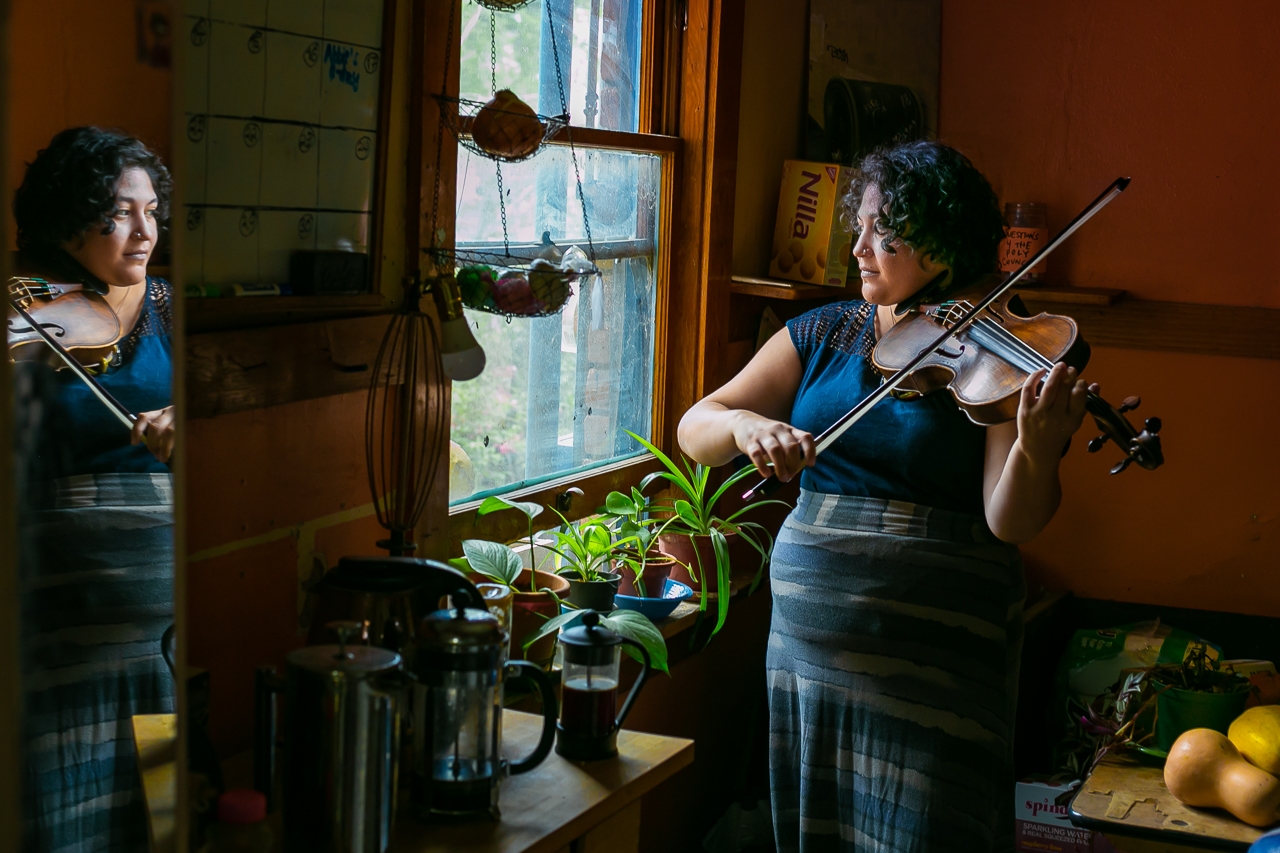
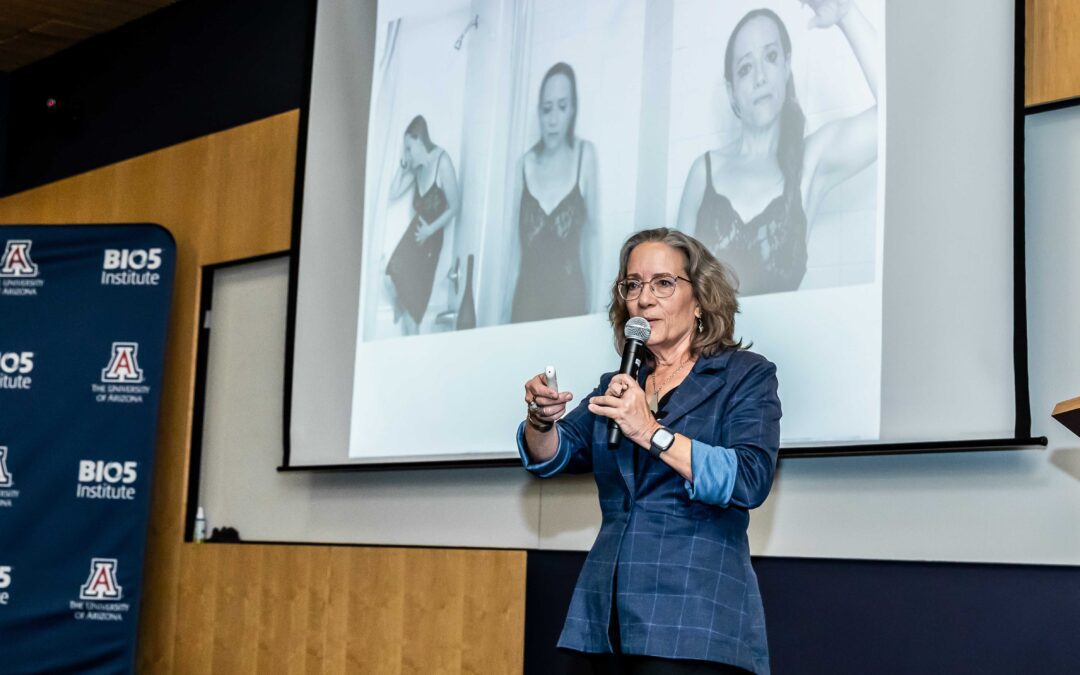

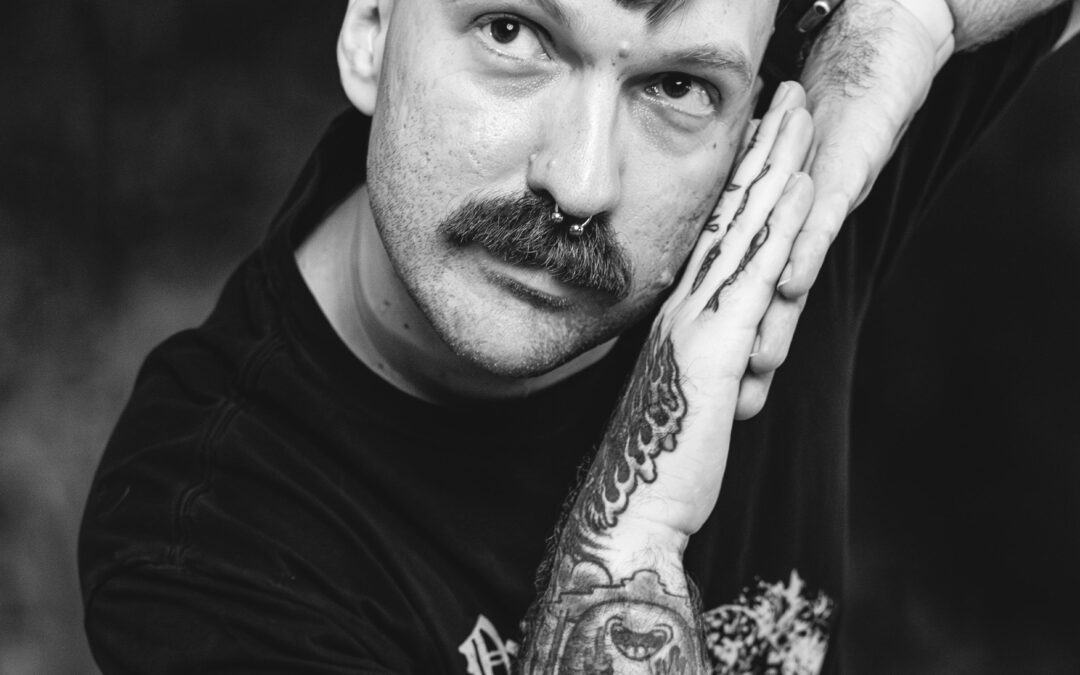

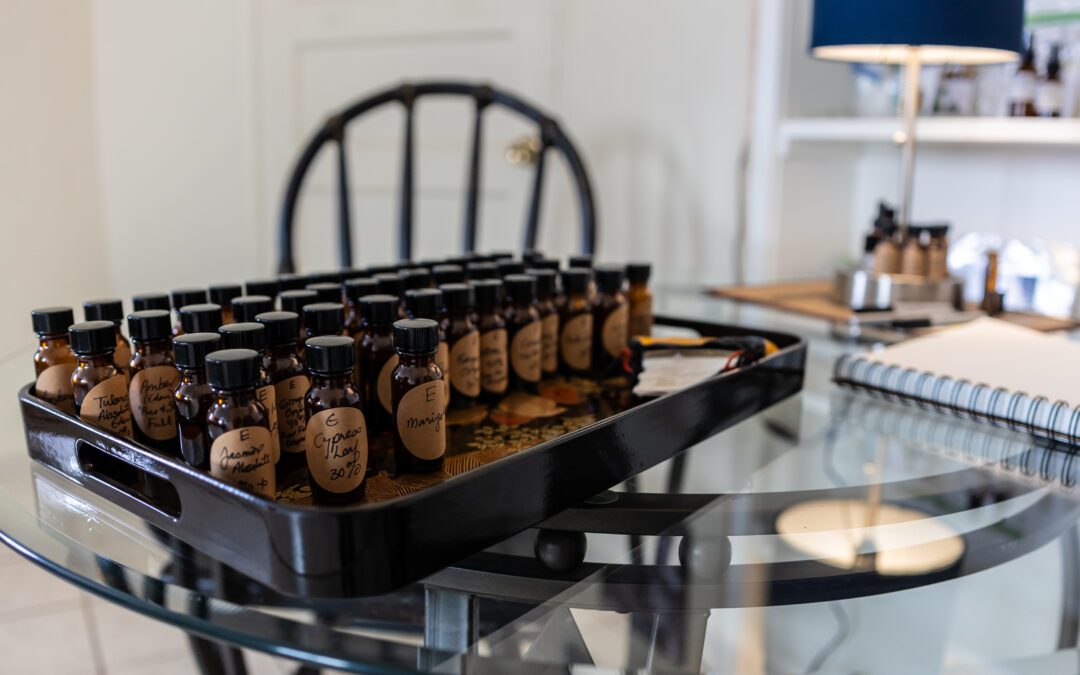
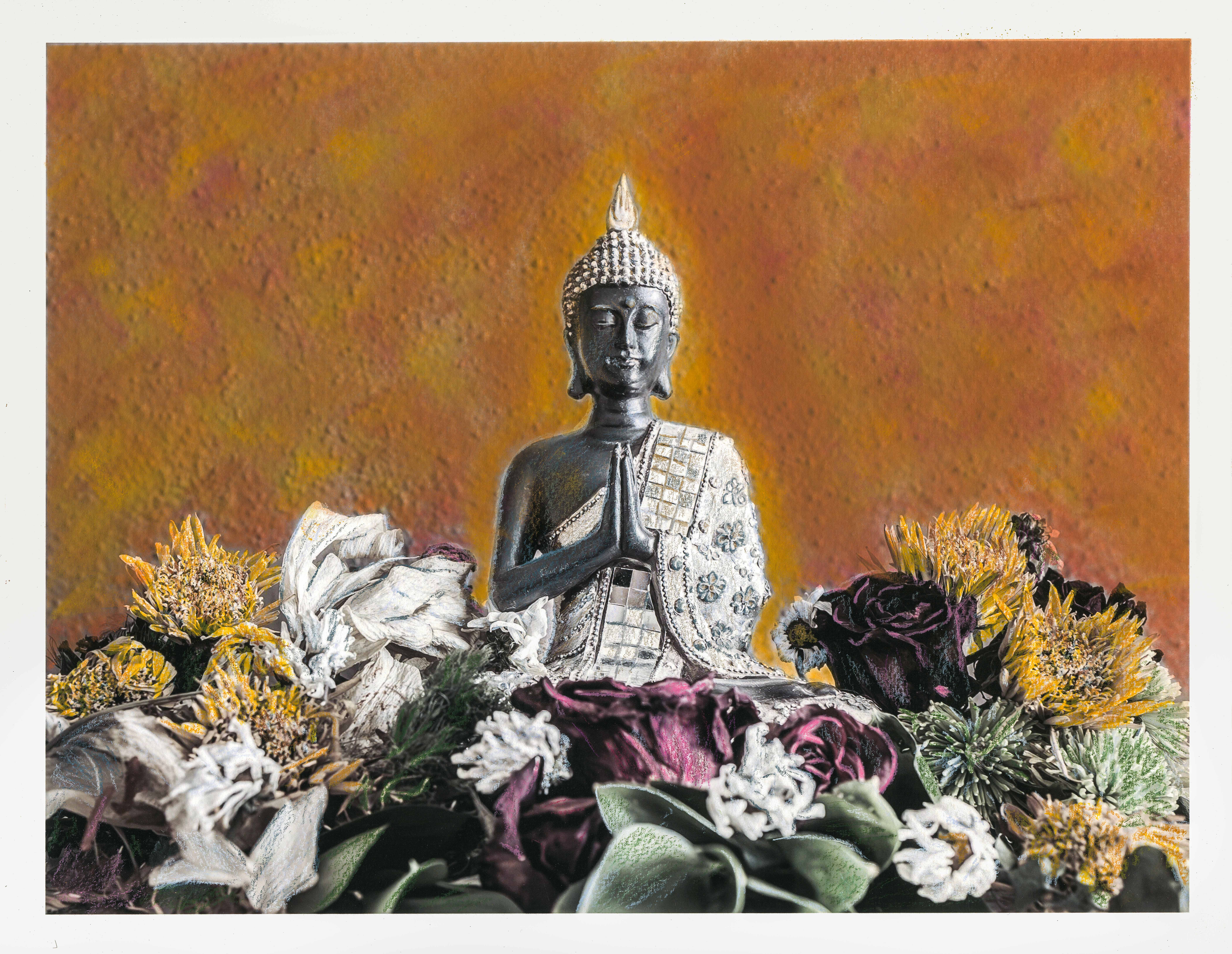

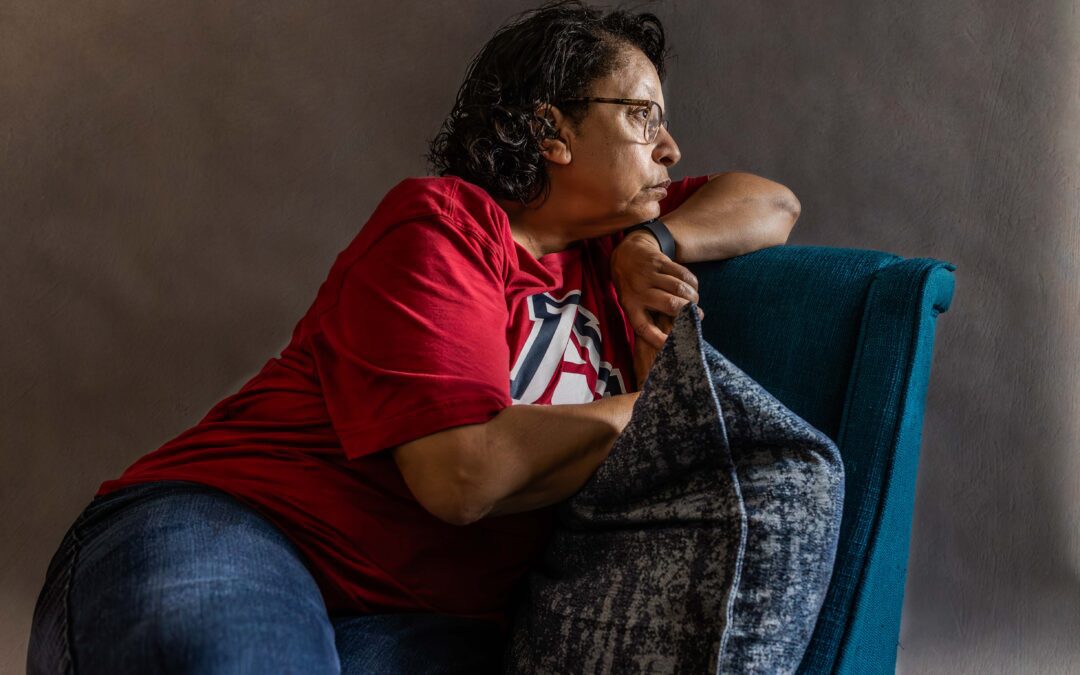

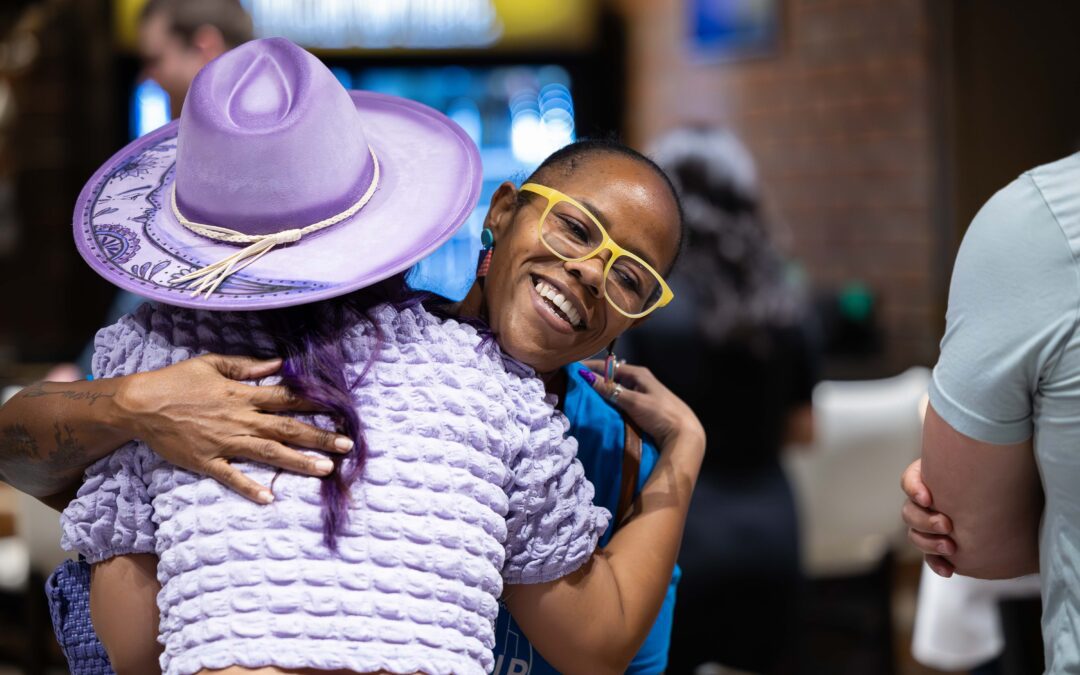
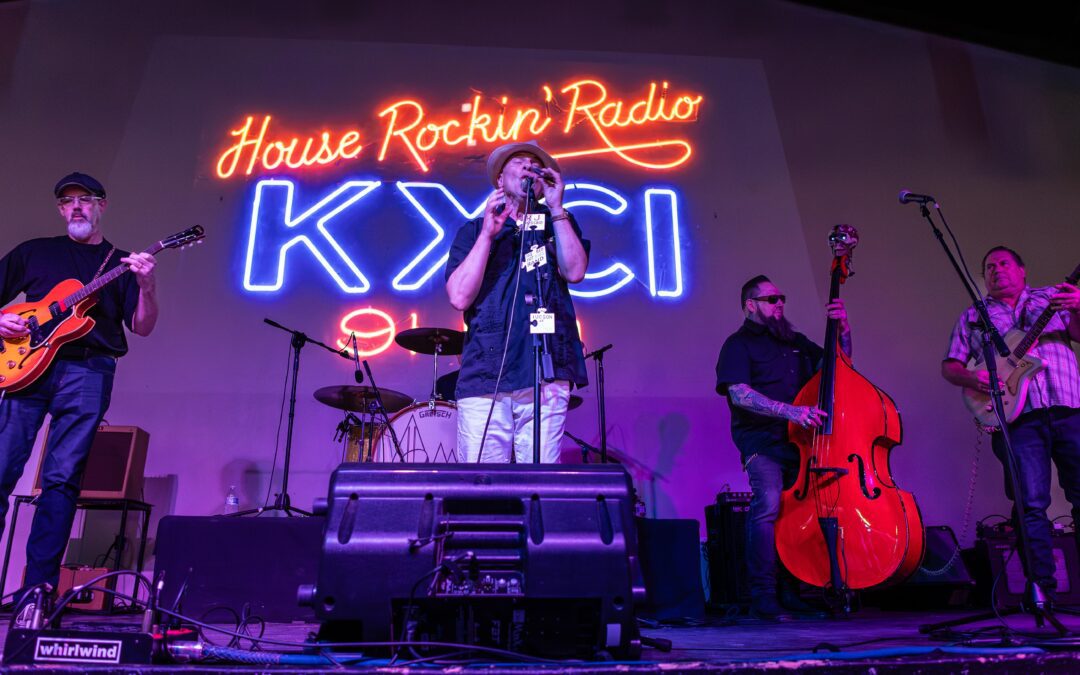
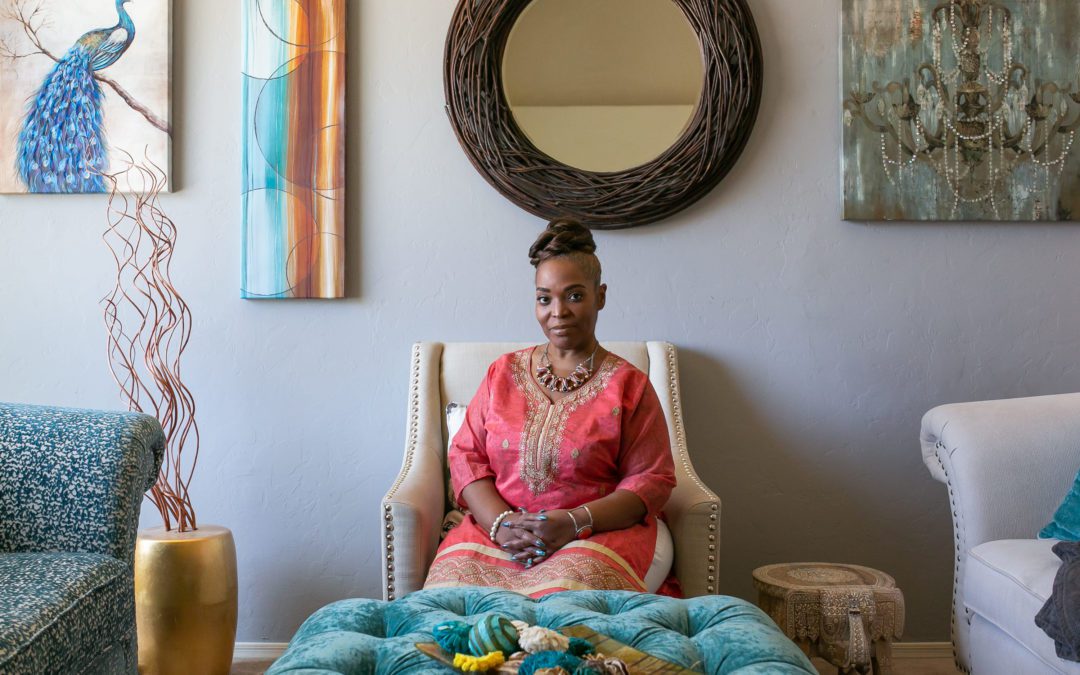
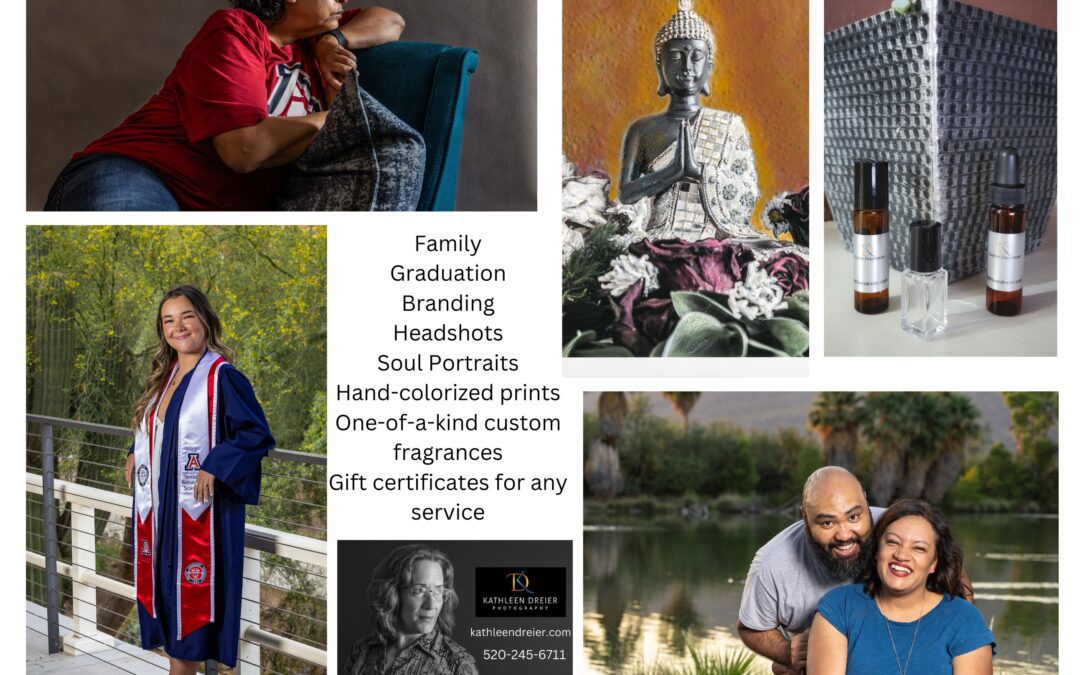
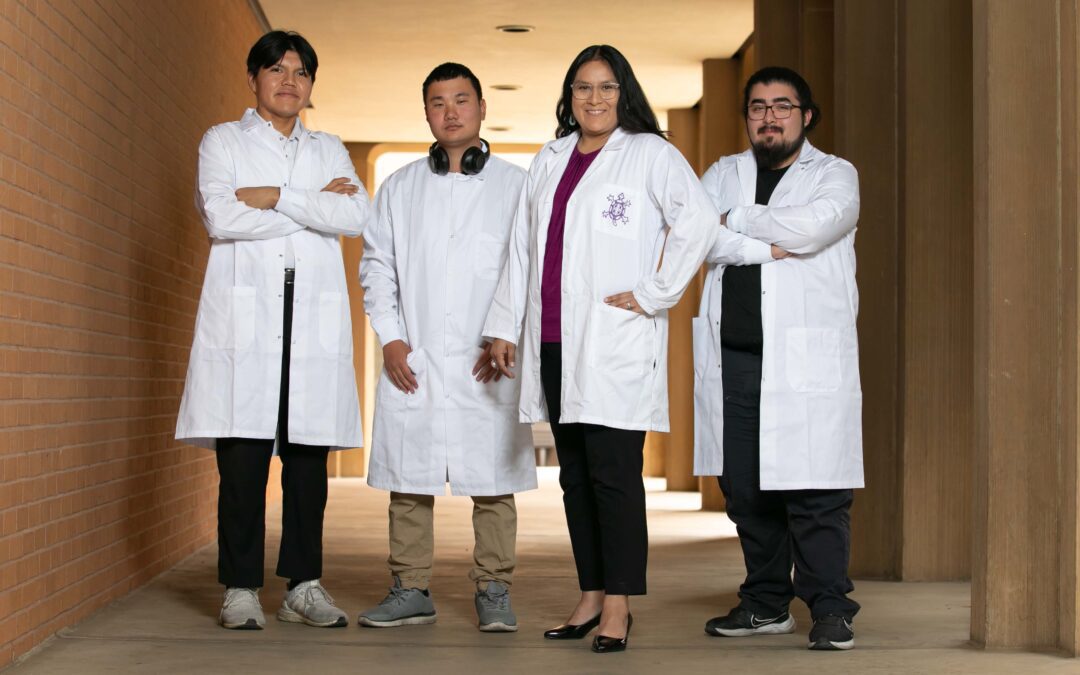
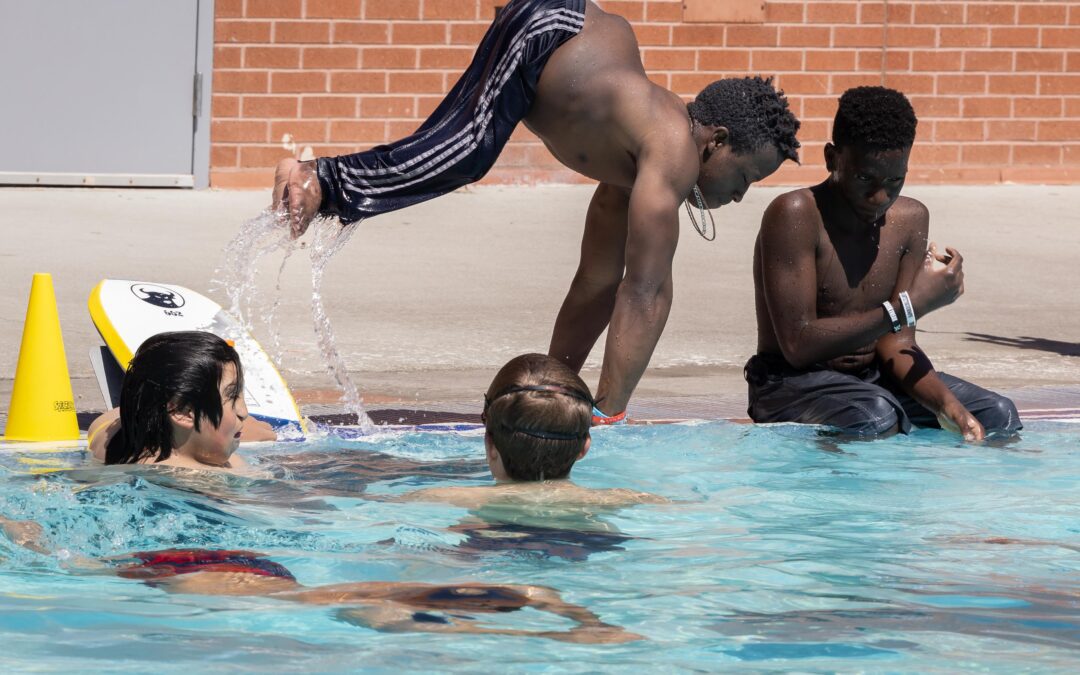

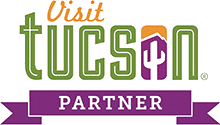



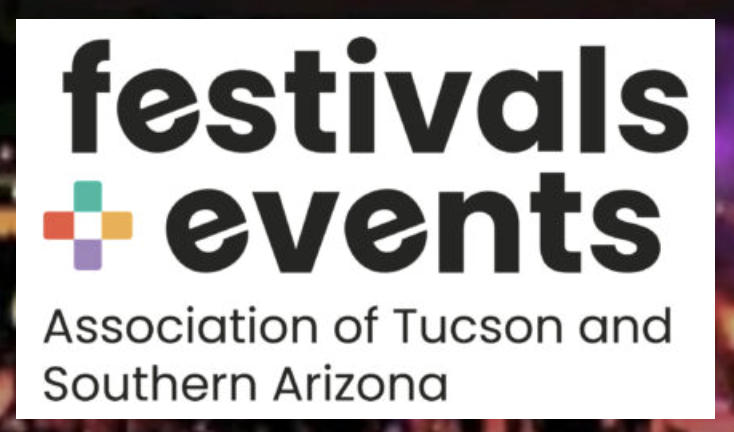
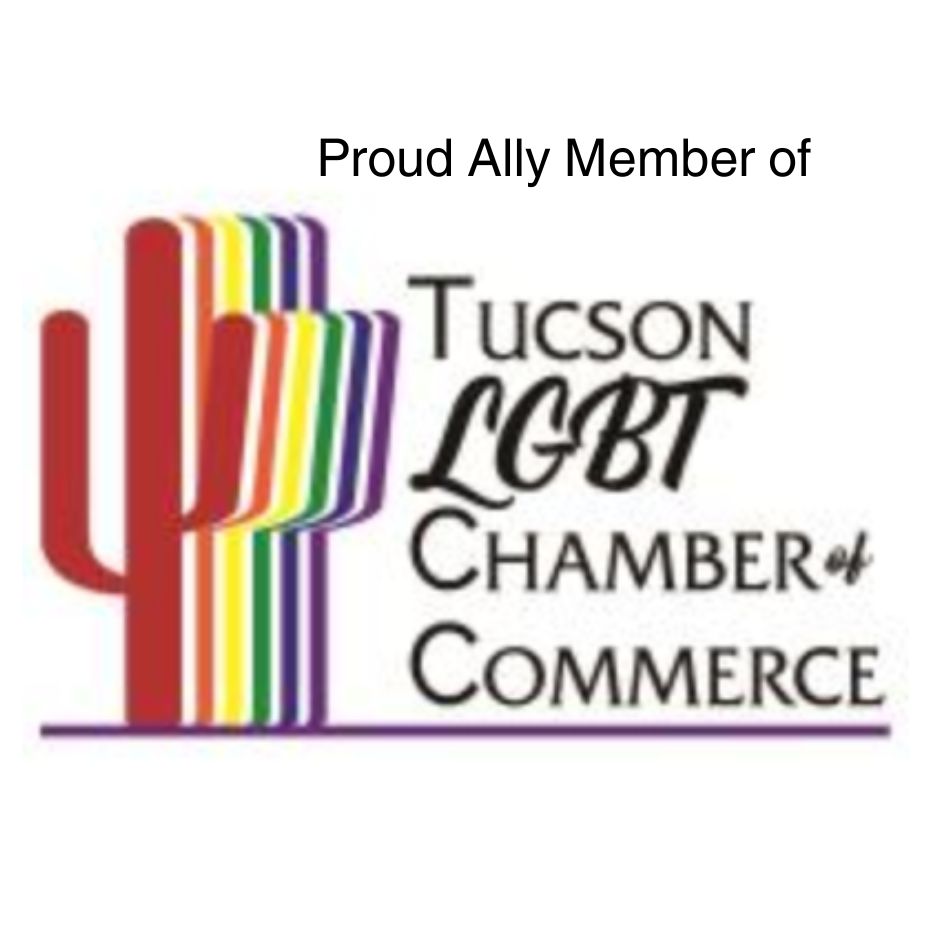
0 Comments